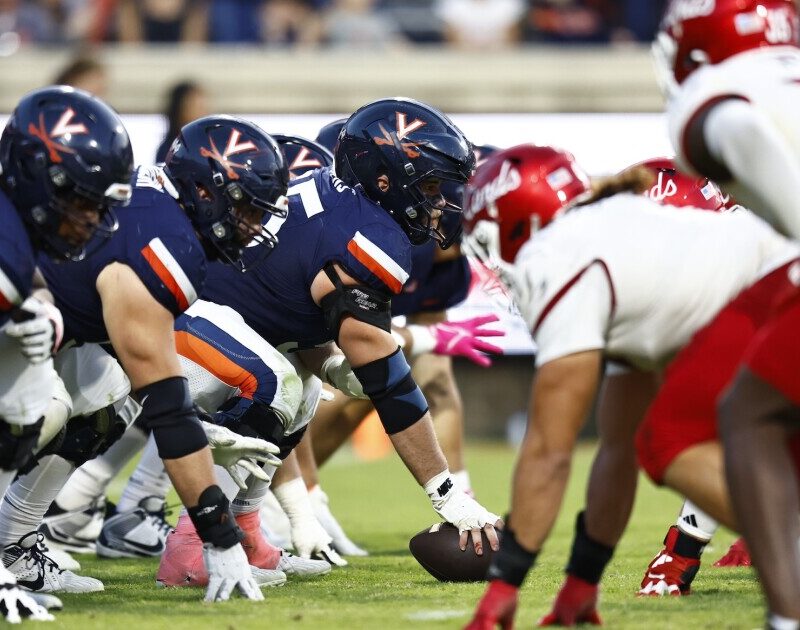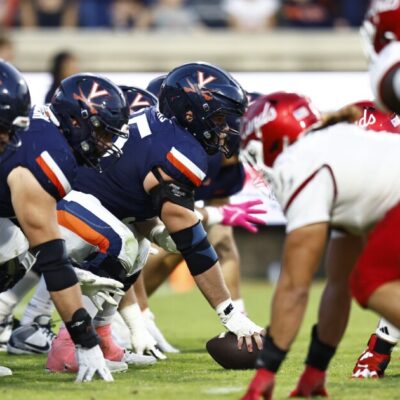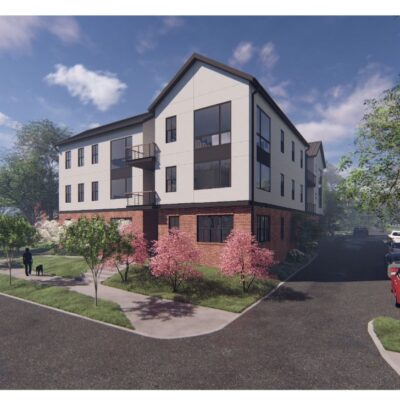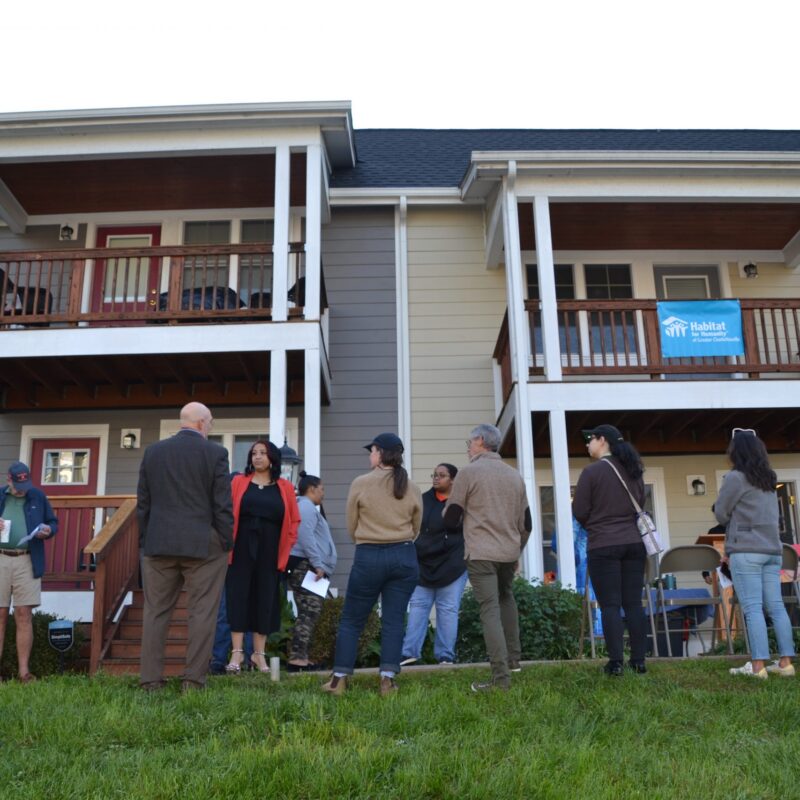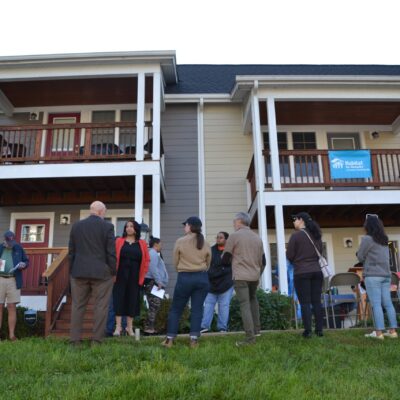The Intelligent Transportation System Center is the strangest room of the Public Works building on Fourth Street NW. The exterior of the building suggests no particular purpose; same goes for the beige interior. Moreover, the ITSC is dark, the only sources of light coming from two walls holding eight monitors, each portraying a city intersection, and a large LCD screen that shows 14 green lights on a map. This is where the fate of city drivers is determined.
 |
“Back in 1989, there were only 39 signals. There are 69 now,” says Lonnie Randall, Charlottesville’s traffic signal supervisor. “But back then, there was no communication between signals.”
The idea of communication between Charlottesville’s traffic signals began roughly 10 years ago, but took on more serious airs about three years ago, when UVA began construction on the Ivy Road parking garage, according to Randall. The Public Works Department received a start-up fund of $15,000 from UVA, enough money for radios and software to coordinate six signals on Emmet Street in the hopes of relieving congestion—sinus medication for traffic passages.
Here’s how the medicine works: Chips smaller than iPods are inserted into large, boxy computers at “intelligent” traffic signals in town. The computers are connected to cameras and radar sensors at signals that help the four members of the ITSC staff keep track of how many vehicles pass through an intersection in a given minute; Randall says that the same systems will eventually help the city track wind speed, road surface temperatures and saline content on local roads.
The same chips coordinate traffic lights on busy stretches of road to improve traffic flow, another stat tracked by ITSC. The chips count the total number of vehicles to pass through a certain location every 15 minutes and adjust the timing of the lights to improve the flow of traffic accordingly.
The long-term success of coordinated signals in Charlottesville means more than turning 29 into the Autobahn. The payoffs are conservation and safety; easing transition between lights cuts down on emissions because “cars use much more fuel when they are constantly accelerating and decelerating,” says Randall. Coordinated signals may also put a stop to drivers who push both their luck and the gas pedal through oh-so-very-close reds. “If people have to stop too often, they tend to drive faster between stops,” Randall says. Sensors at each intersection also manipulate signals to favor emergency response teams heading to wrecks.
But technology can only do so much. The problem, says, Randall, is that “the flow gets less successful every day. We can’t keep up.”
With the promise of increased traffic thanks to massive developments like Albemarle Place and Biscuit Run, the question is whether the traffic volume will overrun each road’s capacity. Randall says that he hopes for full implementation of ITS software by April, but there is no immediate end in sight.
